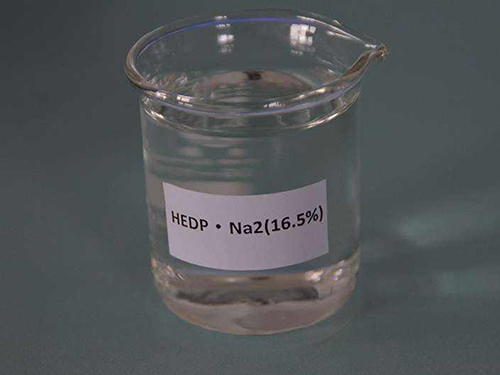Exploring the Properties and Applications of Polyacrylamide in Various Scientific Fields
Understanding Polyacrylamide and Its Applications
Polyacrylamide (PAM) is a versatile polymer that has gained significant attention in various fields due to its unique properties and wide range of applications. It is primarily synthesized through the polymerization of acrylamide, a colorless solid that can exist in crystalline form and is highly soluble in water. As a highly flexible and effective superabsorbent polymer, polyacrylamide plays a crucial role in numerous industries, including agriculture, water treatment, mining, and biomedical applications.
Properties of Polyacrylamide
Polyacrylamide is known for its excellent characteristics, such as high water solubility, thermal stability, and ability to form gels. The polymer can exist in several forms, including anionic, cationic, and non-ionic, depending on the functional groups incorporated during synthesis. This versatility allows for tailored properties suitable for specific applications. For instance, anionic PAM has a negative charge, making it effective for coagulation and flocculation processes in water treatment, while cationic PAM has a positive charge and is favored in processes like soil conditioning.
Applications in Water Treatment
One of the most significant applications of polyacrylamide is in water treatment. PAM is commonly used as a flocculant to help remove suspended solids from water. In wastewater treatment facilities, the polymer binds with particles, causing them to clump together into larger aggregates, or flocs, which can then be easily removed. This process not only improves water clarity but also enhances the efficiency of sedimentation and filtration processes. Furthermore, PAM can be used in the treatment of industrial effluents, helping to reduce pollution levels before they are discharged into water bodies.
Role in Agriculture
polyacrylamide p3

Polyacrylamide is also a valuable tool in agriculture. It is widely used as a soil conditioner that improves water retention and reduces soil erosion. By forming a gel-like structure in the soil, PAM can help retain moisture, making water availability more consistent for crops. This is particularly beneficial in arid and semi-arid regions where water scarcity is a significant challenge. Additionally, PAM enhances nutrient delivery and prevents runoff, ultimately promoting sustainable agricultural practices.
Applications in Mining and Oil Recovery
In the mining industry, polyacrylamide is employed as a flocculant in processes such as mineral separation and tailings management. The polymer assists in separating valuable minerals from waste materials, thus improving the overall efficiency of mining operations. Similarly, in oil recovery, PAM is used in enhanced oil recovery (EOR) processes, where it helps to improve the viscosity of water injected into oil reservoirs, which in turn enhances oil extraction rates.
Biomedical Applications
Polyacrylamide's application extends to the biomedical field, where it is utilized in drug delivery systems and as a component in hydrogels for tissue engineering. Its biocompatibility and ability to form stable gels make it suitable for encapsulating drugs, releasing them gradually for therapeutic effects. Researchers are also exploring its potential in cancer therapy and wound healing, showcasing the polymer's importance in advancing medical science.
Conclusion
In conclusion, polyacrylamide is a multifunctional polymer with a diverse range of applications across various industries. Its unique properties allow it to serve as an effective flocculant in water treatment, a soil conditioner in agriculture, a contributor to efficiency in mining and oil recovery, and a crucial material in biomedical applications. As research continues to uncover new uses and improve upon existing technologies, polyacrylamide is poised to play an increasingly significant role in addressing some of the world's most pressing challenges, including resource management, environmental protection, and healthcare innovation.
-
Water Treatment with Flocculant Water TreatmentNewsJun.12,2025
-
Polymaleic AnhydrideNewsJun.12,2025
-
Polyaspartic AcidNewsJun.12,2025
-
Enhance Industrial Processes with IsothiazolinonesNewsJun.12,2025
-
Enhance Industrial Processes with PBTCA SolutionsNewsJun.12,2025
-
Dodecyldimethylbenzylammonium Chloride SolutionsNewsJun.12,2025





